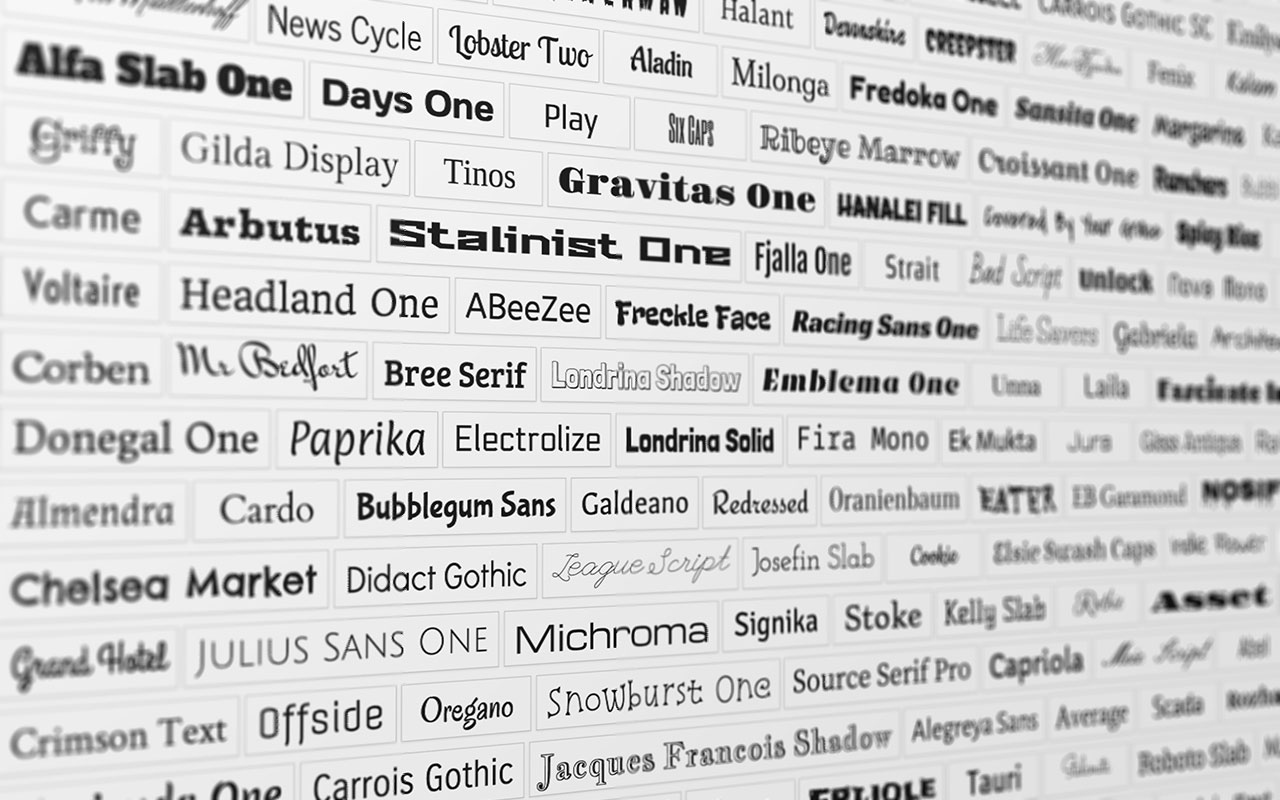

Serif Fonts that have decorative markings, or serifs, present on their characters. These fonts are often considered easier to read on screens. Sans-serif Fonts that do not have decorative markings, or serifs, on their letters. For several years, there were five generic families:
#MICROSOFT SANS SERIF WEBFONT SERIES#
They are commonly specified as the last in a series of fallback fonts, as a last resort in the event that none of the fonts specified by the author are available. These families are designed to split fonts into several categories based on their general appearance. To give Web designers some control over the appearance of fonts on their Web pages, even when the specified fonts are not available, the CSS specification allows the use of several generic font families. This same process also happens on a per-character basis if the browser tries to display a character not present in the specified font. If none of the fonts specified are found, the browser displays its default font. If this font is not available, the Web browser attempts to use the next font in the list. The first font specified is the preferred font. Microsoft's Core fonts for the Web įont-family : "Nimbus Sans L", Helvetica, Arial, sans-serif If a visitor to a Web site does not have the specified font, their browser tries to select a similar alternative, based on the author-specified fallback fonts and generic families or it uses font substitution defined in the visitor's operating system. Web-safe fonts are fonts likely to be present on a wide range of computer systems, and used by Web content authors to increase the likelihood that content displays in their chosen font. Beyond the properties mentioned above, designers had no way to style fonts, and no mechanism existed to select fonts not present on the client system. In the first CSS specification, authors specified font characteristics via a series of properties:Īll fonts were identified solely by name. 1.5 CSS fonts working draft 4 with lesser browser support.This has subsequently increased interest in Web typography, as well as the use of font downloading. Font downloading was later included in the CSS3 fonts module, and has since been implemented in Safari 3.1, Opera 10 and Mozilla Firefox 3.5. However, Internet Explorer added support for the font downloading feature in version 4.0, released in 1997.


These techniques did not gain much use, and were removed in the CSS2.1 specification. The CSS2 specification was released in 1998 and attempted to improve the font selection process by adding font matching, synthesis and download. The first Cascading Style Sheets specification was published in 1996 and provided the same capabilities. However, the font specified by the font element had to be installed on the user's computer or a fallback font, such as a browser's default sans-serif or monospace font, would be used. There was no mechanism for individual Web pages to control font display until Netscape introduced the font element in 1995, which was then standardized in the HTML 3.2 specification. When HTML was first created, font faces and styles were controlled exclusively by the settings of each web browser. Web typography refers to the use of fonts on the World Wide Web. Web fonts allow Web designers to use fonts that are not installed on the viewer's computer.


 0 kommentar(er)
0 kommentar(er)
